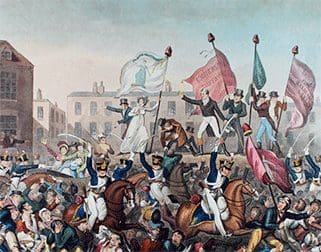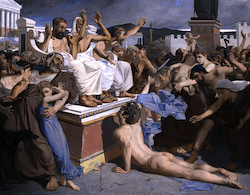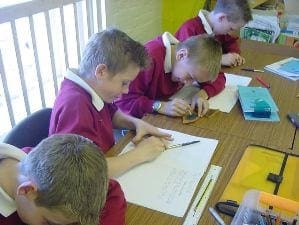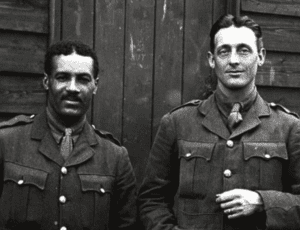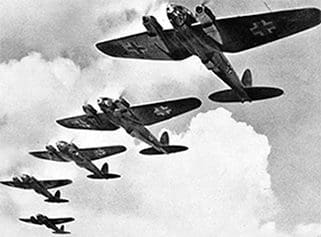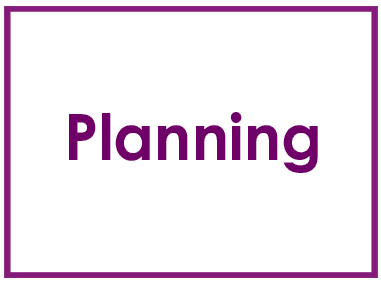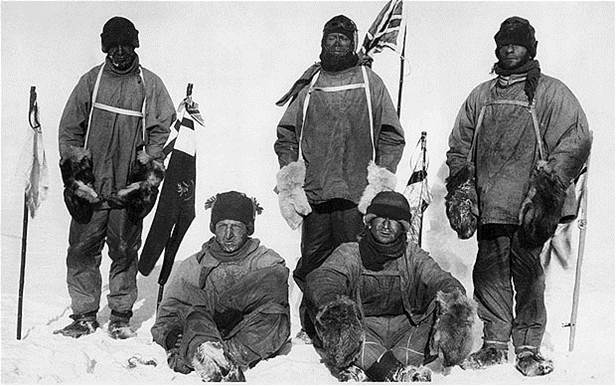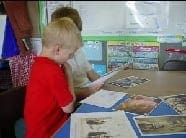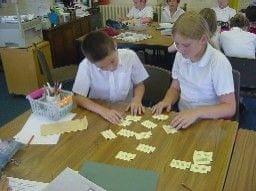
When we are teaching 11 subjects it is often difficult to catch the essence of each. If we’re not careful we can simply deliver the scheme of work very professionally but miss passing on the key messages about what makes history distinct.
So what are these messages? I’ve attempted below to give you a flavour.
Key ideas in primary history
Pupils need to understand that:
• A world existed before they and those around them were born – some things occurring many years ago
• The past can be described in different ways – dates, period labels, decade, century etc
• The past was different to today, some things have changed but some things are the same
• People in the past had feelings and emotions, usually doing things for a reason and often for different reasons. Although there may be different motives, some might be regarded as more important
• It is not always easy to work out why things happened and why people did things
• Reasons can be connected to results but things did not always turn out as planned
• People in the past did not know the same as we do today but they were not really more stupid. When things happened, it was often confusing and uncertain for people and they do not have what is called hindsight. They did not know how things would turn out
• We can put together a story about the past in different ways. It is we ourselves who put together the stories of history and it can be different if we use different information or have views about what is important. This does not mean that one version is right and another wrong. We might have different views as to whether something has improved or got worse and our views are not necessarily the same as those in the past
• People in the past did not always think the same things were as important in their lives as you do today
• We find out about the past from different sorts of information such as written accounts, artefacts, pictures etc. Some topics have lots of surviving information and some not very much
• Not all the information can be trusted. We always need to be careful when using any evidence from the past. With care though, we can make some use of all information – it always tells us something about the past
• It is often better when we can find more than one piece of information. The more we find, the more we are likely to be closer towards what probably happened
• There is a difference between a source and evidence. The source is the information but it is you or the historian who uses it as evidence in your own way to answer your questions
• We never know everything that happened in the past so it means that we have to work out things that are likely to have happened and that means giving opinions and ideas rather than definite facts
• Because we need to tell a clear story, we need to choose which bits to use and this means deciding what is important

